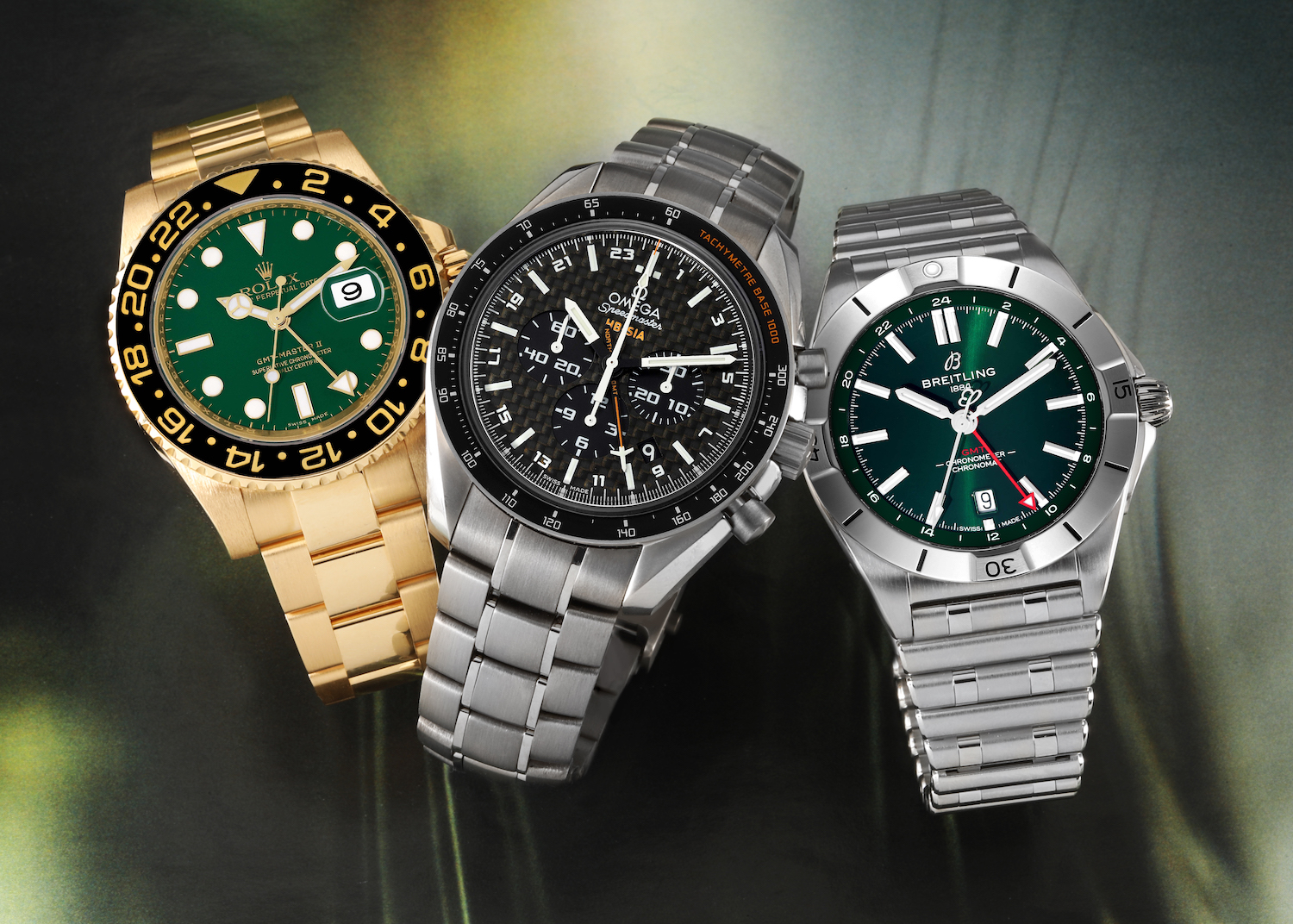In watchmaking, the measure of time is not merely about functionality; it is a tribute to the watchmaker’s meticulous craftsmanship and engineering brilliance. The precision of a watch is evaluated through various accuracy standards, which are benchmarks set by renowned institutions like the Swiss Official Chronometer Testing Institute (COSC).
These standards underscore a timepiece’s technical excellence and its value and desirability among collectors, enthusiasts, and everyday users. Let’s explore the historical context and rigorous criteria that define the accuracy of luxury watches, emphasizing why these standards are pivotal to the watch industry.
<>
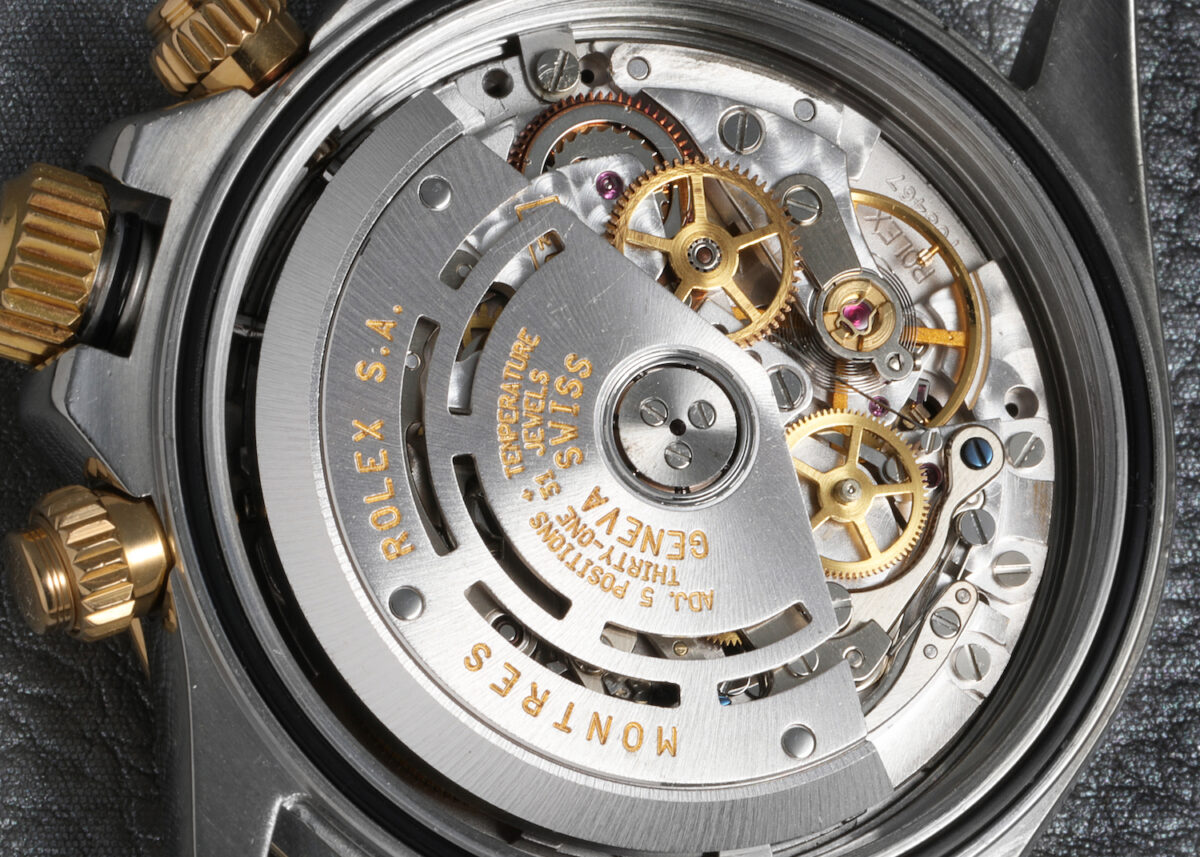
The History of Chronometer Certifications
The lineage of chronometer certifications dates back to the 18th century when maritime exploration was hitting its stride. Accurate timekeeping was crucial for determining longitude at sea, a problem that was solved by the invention of the marine chronometer by John Harrison. This innovation drastically improved maritime navigation, reducing the risk of accidents and enabling more precise navigation.
As the age of sea travel transitioned to the era of personal timekeeping, the focus shifted from navigational instruments to personal watches. This shift brought about the need for standardized testing to ensure the accuracy and reliability of timepieces under everyday conditions, not just specialized environments like the open sea.
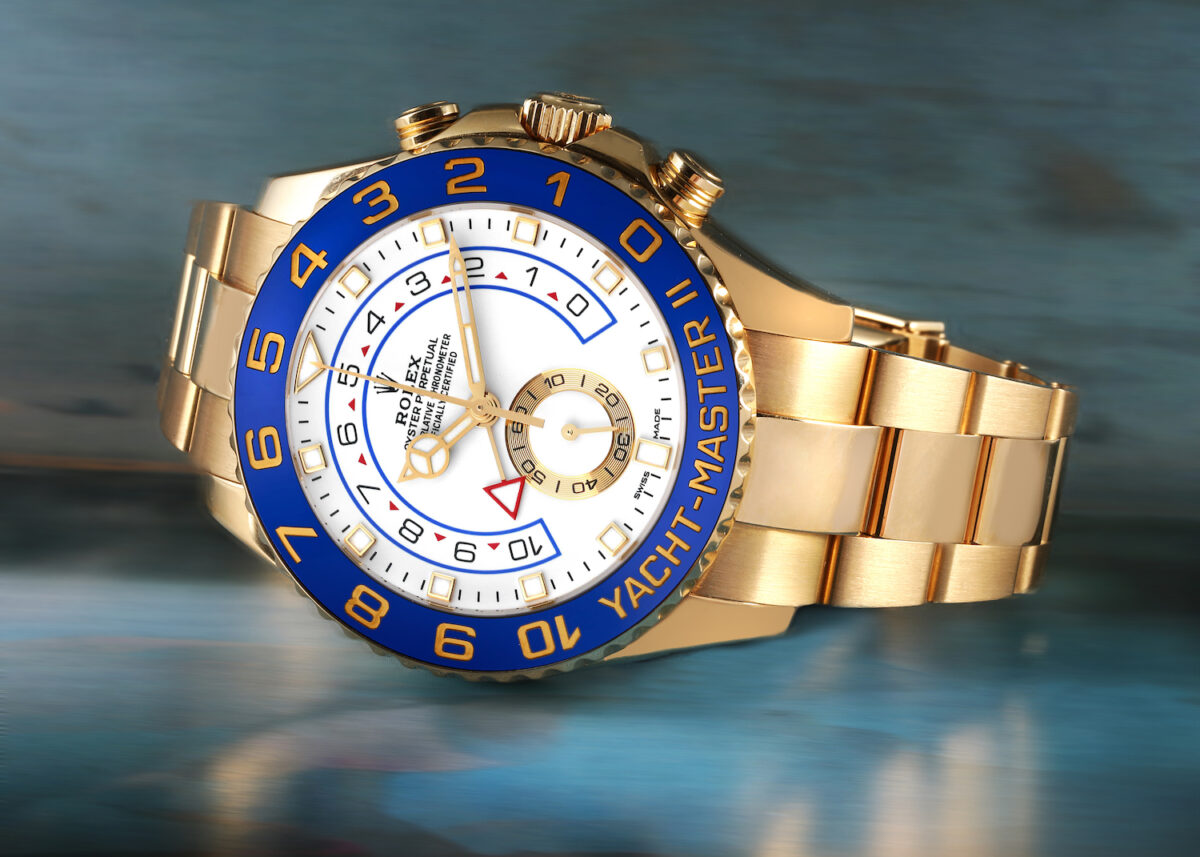
The Swiss Official Chronometer Testing Institute (COSC), established in the mid-20th century, became a pioneer in setting accuracy standards for wristwatches. COSC’s testing protocols were rigorous and designed to simulate real-life wear conditions, including different temperatures, positions, and power reserve levels. Watches that pass COSC tests receive chronometer certification, a mark of superior accuracy and reliability.
In the 21st century, the demands on timekeeping precision have only increased, leading to the development of the METAS certification. Recognizing the growing presence of magnetic fields due to electronic devices, METAS includes tests for anti-magnetism in its certification process. The METAS standards are comprehensive, testing not only for accuracy under various conditions but also for a watch’s ability to resist magnetic fields, which can significantly affect a watch’s functioning.
<>
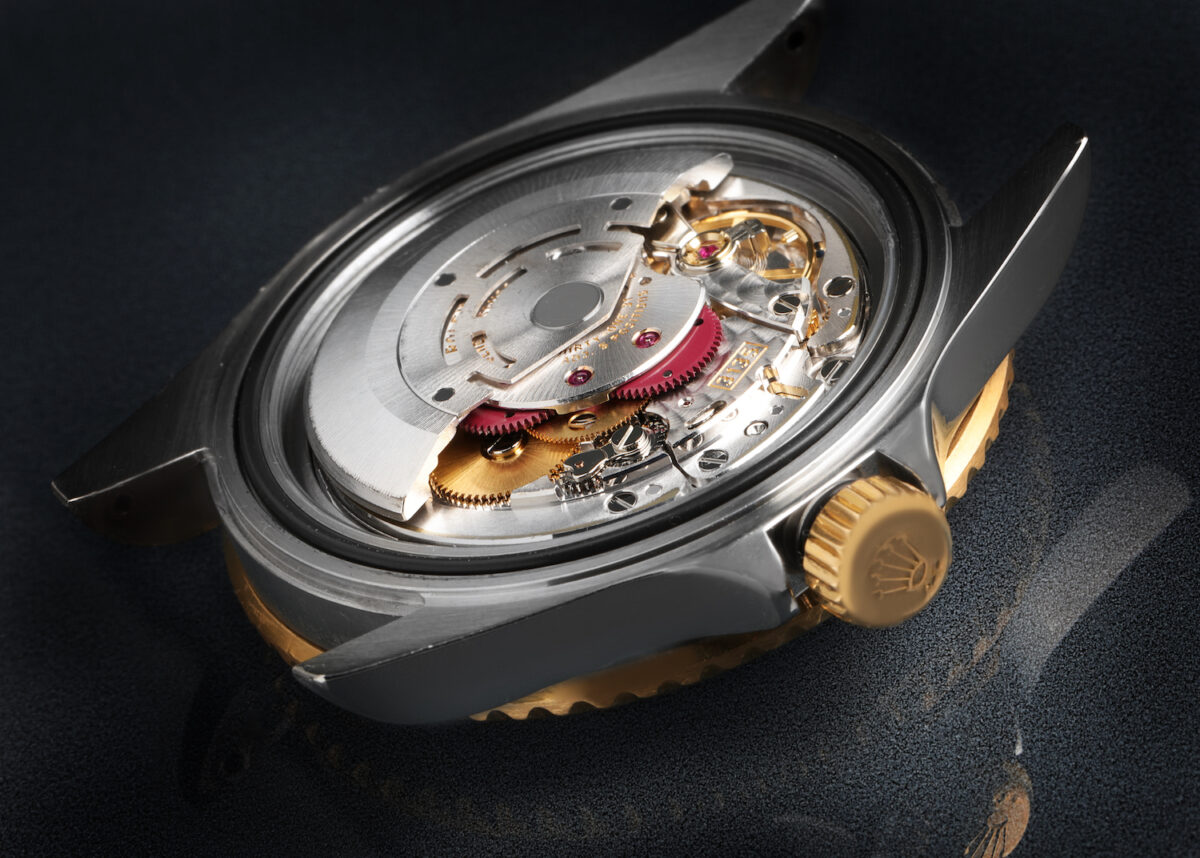
What is COSC?
The Contrôle Officiel Suisse des Chronomètres, commonly referred to as COSC, is a prestigious and independent Swiss testing organization that certifies watch accuracy and precision according to stringent standards. Established to provide a consistent and unbiased method of testing the precision of timepieces, COSC plays a pivotal role in the Swiss watchmaking industry and serves as a benchmark for quality in mechanical watchmaking globally.
COSC operates through a detailed and rigorous testing procedure that spans 15 days and involves multiple orientations and temperatures. A watch movement is tested in five positions and at three different temperatures (8°C, 23°C, and 38°C). The movement must meet strict criteria concerning its daily rate of accuracy, ranging from -4 to +6 seconds per day for mechanical watches. Only movements that pass these tests receive the coveted COSC certification, signifying them as “chronometers.”
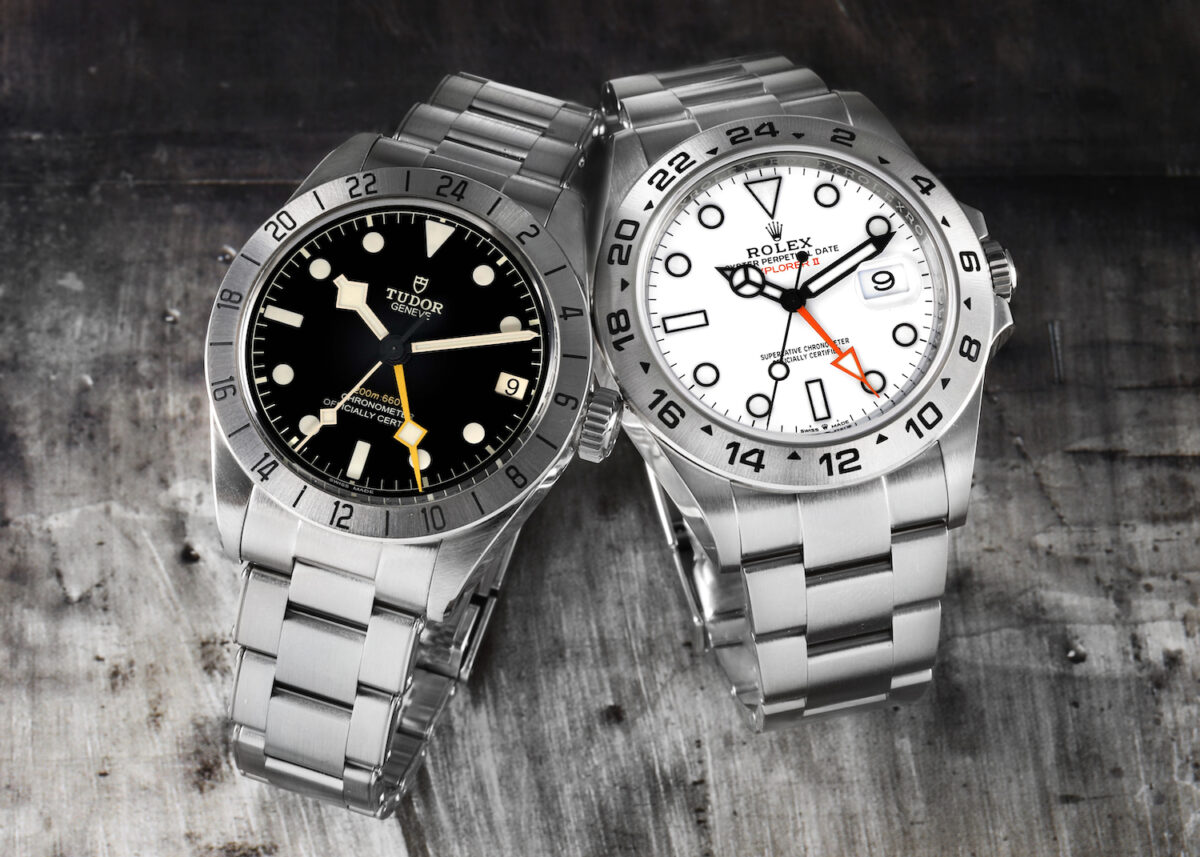
This certification process is crucial because it not only tests the movement under static conditions but also simulates the various positions a watch might find itself in during regular wear. This comprehensive approach ensures that a COSC-certified watch maintains its precision not just in a controlled environment but in the day-to-day activities of its wearer.
Many renowned Swiss watch brands submit their movements for COSC certification. Brands like Rolex, Breitling, Tudor, Mido, Tissot, and Omega frequently utilize COSC testing to ensure their watches meet high standards before leaving the factory. For instance, Rolex takes the process a step further by designating their watches as “Superlative Chronometers,” which implies an even stricter in-house testing process following COSC certification, with accuracy standards of -2/+2 seconds per day.
<>
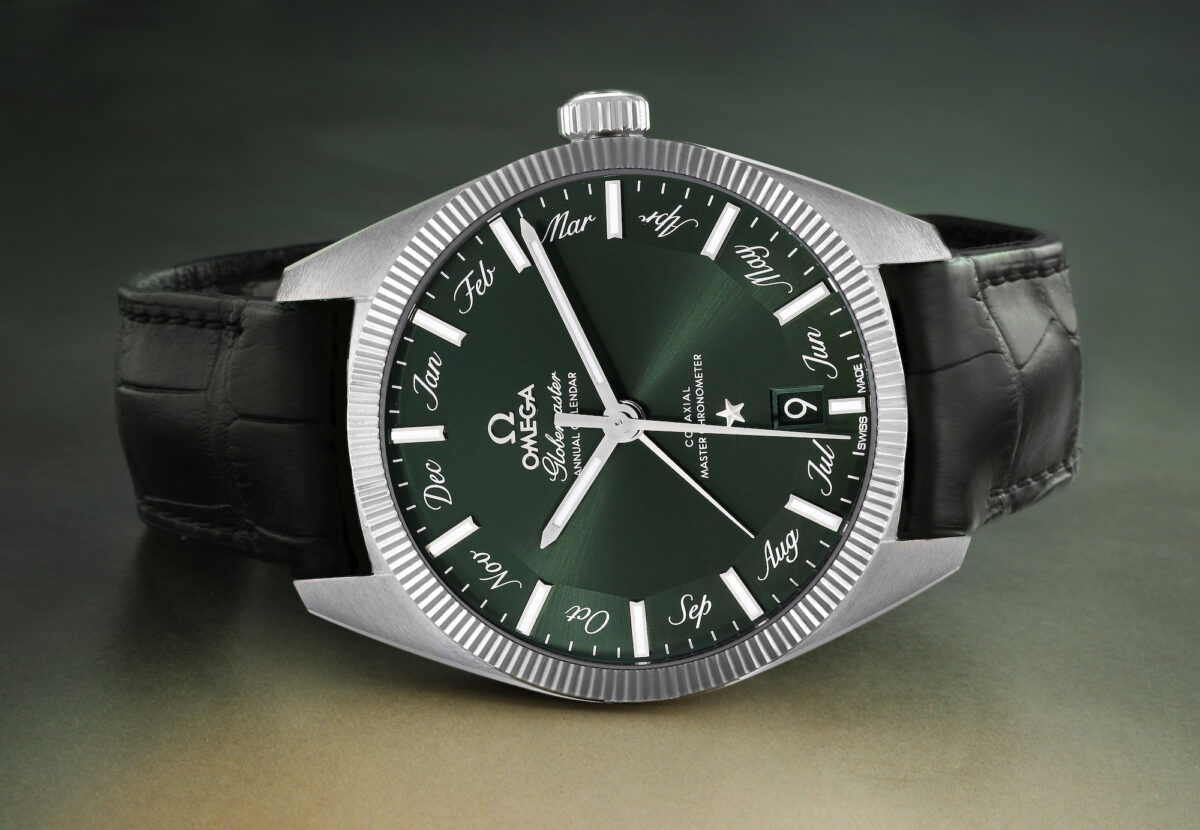
What is METAS?
METAS, or the Swiss Federal Institute of Metrology, represents a newer, highly rigorous standard in the world of watch certification. Established to address modern challenges in watch accuracy and durability, particularly concerning magnetic resistance, METAS goes beyond traditional testing methods by incorporating comprehensive performance criteria under real-life conditions.
The METAS certification process is more extensive than traditional chronometer testing, focusing not only on precision but also on resistance to magnetic fields, which are increasingly prevalent due to electronic devices. To be METAS certified, a watch must first pass COSC testing to qualify as a chronometer, after which it undergoes additional testing by METAS for magnetic resistance and accuracy when exposed to magnetic fields up to 15,000 gauss.
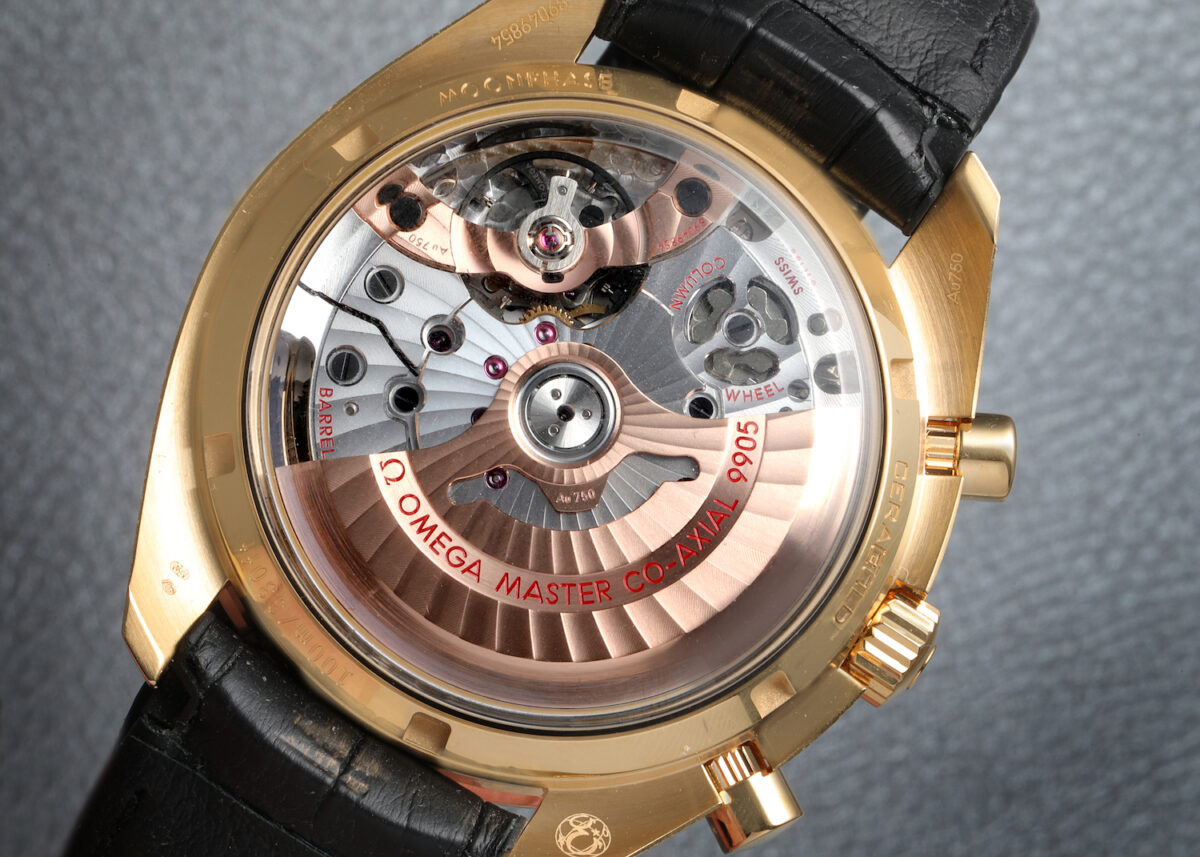
The METAS tests involve several critical areas:
Functioning of Movement During Magnetic Exposure: The watch is exposed to strong magnetic fields to ensure it still operates with high accuracy.
Water Resistance: This test confirms the watch meets or exceeds the manufacturer’s stated water resistance, which is vital for durability and reliability.
Power Reserve: The watch’s power reserve is tested to ensure it meets the manufacturer’s claims, reflecting the efficiency and quality of the watch’s movement.
Precision Over Time: This test examines the watch’s accuracy over several days, simulating real wearing conditions to ensure consistent performance.
Omega is notably the most prominent advocate for METAS certification, having integrated it into their manufacturing process for several watch lines. The brand highlights this certification to emphasize their commitment to producing watches that offer cutting-edge performance and reliability. Other brands are increasingly considering METAS certification as a means to demonstrate the robustness and advanced technology of their timepieces.
<>
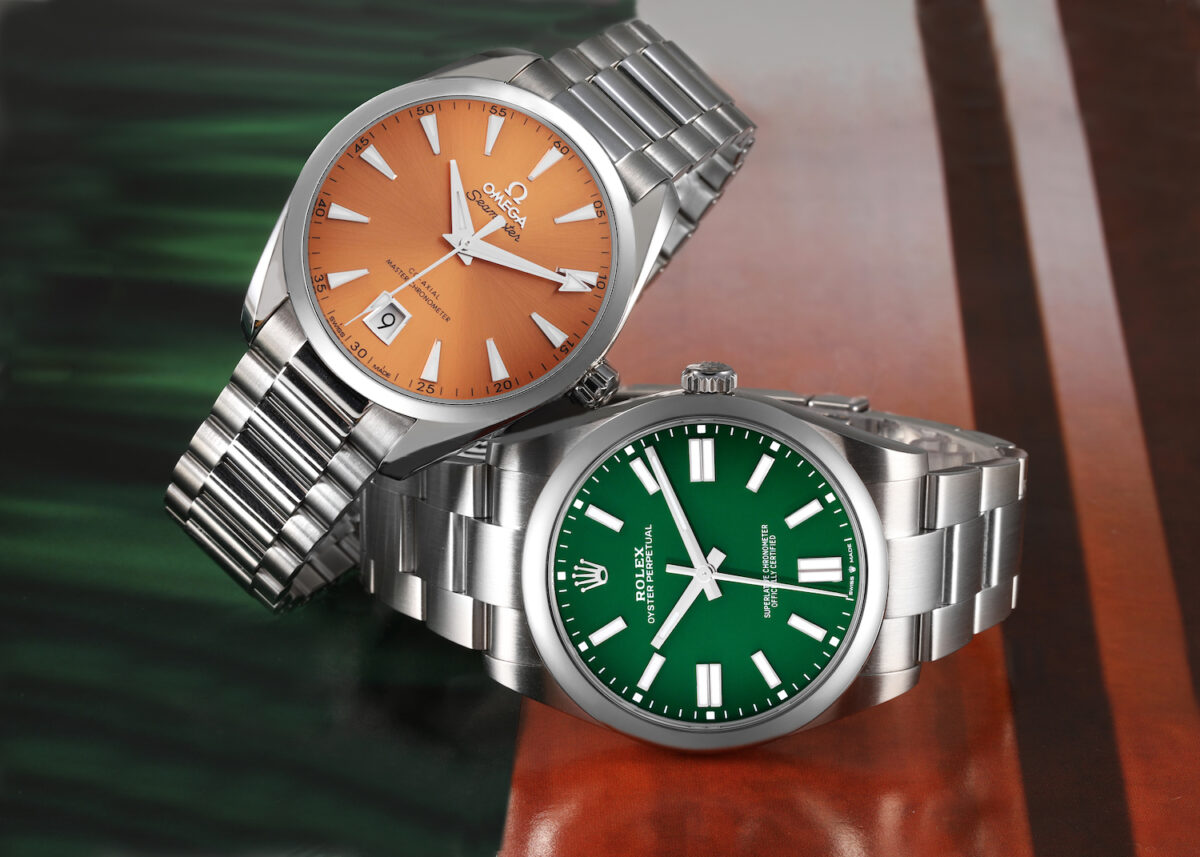
Superlative Chronometer (COSC) vs Master Chronometer (METAS)
The Superlative Chronometer certification by COSC focuses primarily on precision, testing watches under controlled conditions to ensure an accuracy of -4 to +6 seconds per day.
In comparison, the Master Chronometer certification by METAS includes all the COSC tests but adds stringent criteria for anti-magnetism and overall performance. METAS-certified watches must resist magnetic fields up to 15,000 gauss and ensure consistent accuracy in real-life wearing conditions.
While both certifications denote high standards, METAS provides a more comprehensive evaluation, testing for robustness against magnetic interference and durability alongside precision, making it especially relevant in modern environments with high electronic device usage.
<>
Final Thoughts
The pursuit of precision in watchmaking is more than just a technical necessity; it is a symbol of excellence and a core aspect of the horological tradition. Standards like COSC and METAS not only enhance the value of a timepiece but also assure the wearer of its reliability and craftsmanship.
SwissWatchExpo acknowledges the importance of these certifications in curating their collections, ensuring that enthusiasts and collectors have access to watches that are not only beautiful but also exceptionally precise. As we continue to advance in technology and materials, the standards of what constitutes a precise watch will evolve, but the essence of striving for perfection in timekeeping will remain a hallmark of luxury watchmaking.
<>


